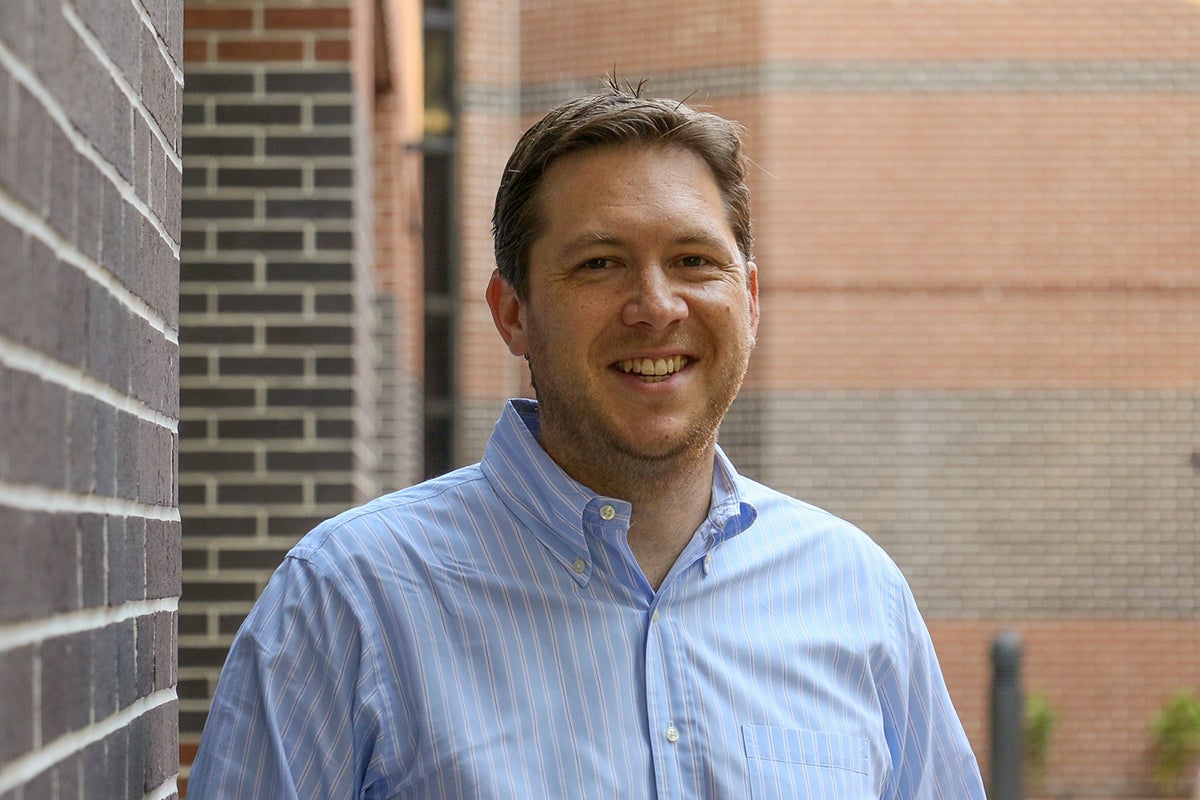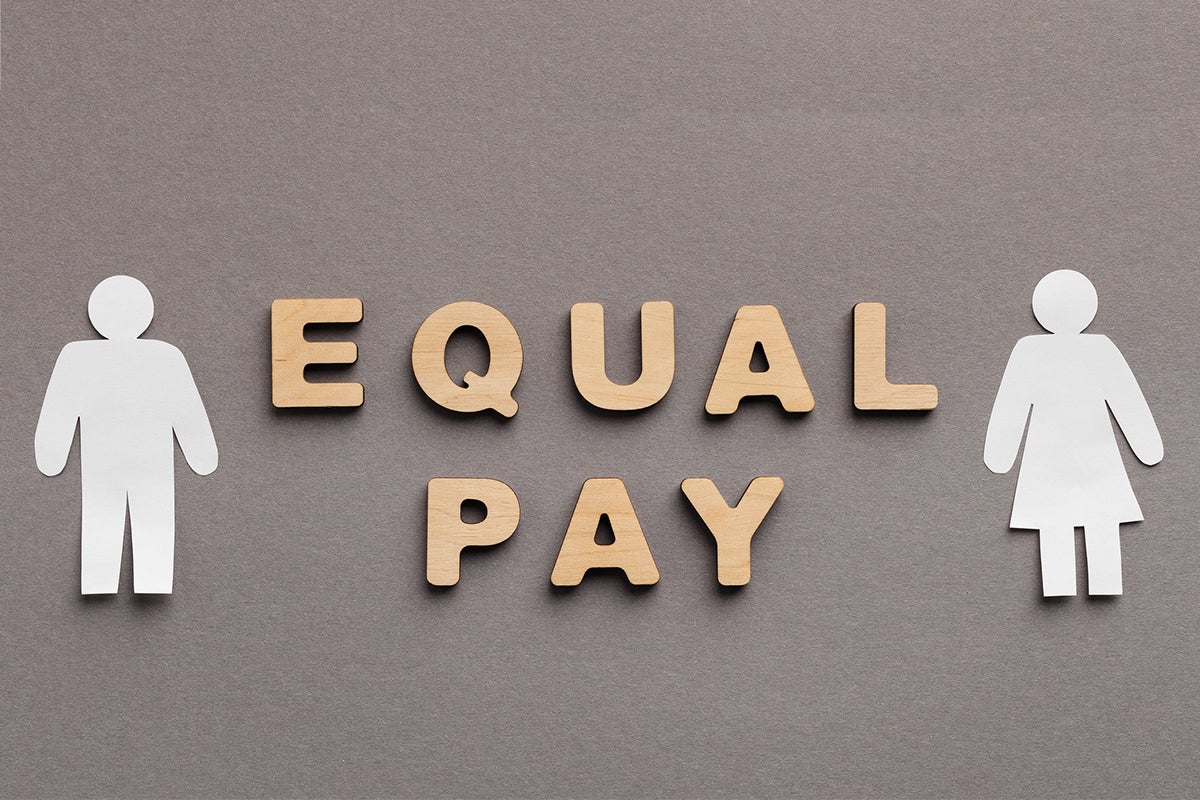Top national rankings may do more than make a university look good. The added prestige may also help eliminate the gender pay gap that exists between men and women university presidents.
That’s the finding of a recent study led by a University of Central Florida researcher and appearing in the journal Organizational Science.
“We show that university presidents, and women in particular, can appropriate or capture part of that value or prestige that comes with a high-status university,” says Dane Blevins, an associate professor in UCF’s College of Business and lead author of the study.
“It’s similar to what’s known as the Matthew Effect, where success breeds success,” Blevins says. “So, with this high status, universities garner many benefits, but importantly, they can also use their prestige and heightened visibility to help address broader societal issues.”
Women only represent about 25 percent of university presidents, even though women represent more than 50 percent of students at many universities. Women are also often underrepresented as full-time instructional staff at universities, except at many doctoral and professional institutions.
Furthermore, women university presidents may be paid less than their male counterparts, a discrepancy that is especially apparent at universities with lower rankings, according to the study.
Knowing where these gaps are can help with efforts to address them, Blevins says.

“I think the fact that the gender pay gap is still going on strong after decades of research shows that more attention is needed in this area, especially when higher education institutions are supposed to be at the forefront of gender equality,” Blevins says.
To perform the study, the researchers used publicly available university president salaries from 2000 to 2016 and data on the status of universities collected from U.S. News & World Report’s list of Best National Universities and Best Liberal Arts Colleges rankings, which includes hundreds of universities in the U.S.
The researchers also collected presidents’ characteristics, such as experience, education and age, to match presidents so that comparisons between similar individuals could be made.
Additionally, they accounted for institutional factors that could affect compensation, such as if a university had a NCAA Division I football program, and for individual factors, such as the status of the university where the president previously worked.
“It’s really rigorous in the sense that we’re able to tease out that the effects are very gender specific, and not just explained by say, different levels of experience,” Blevins says.
The researchers found that as university status decreased, the pay gap between men and women presidents increased and that women presidents were paid as much as 18 percent less than male counterparts at similar universities.
However, this gap narrowed as universities moved up in status.
“Having a lower status predicts that there will be a pay gap,” Blevins says.
Study co-authors included Steve Sauerwald, an assistant professor in the Department of Management at the University of Illinois at Chicago; Jenny M. Hoobler, a professor in the Department of Human Resource Management at the University of Pretoria; and Christopher J. Robertson, a professor in the Department of International Business and Strategy at Northeastern University.
Blevins joined UCF’s Department of Management in the College of Business earlier this year. He received his doctorate in international management from the University of Texas at Dallas, his master of business administration from North Carolina State University and his undergraduate degree in business administration from Northeastern University.




